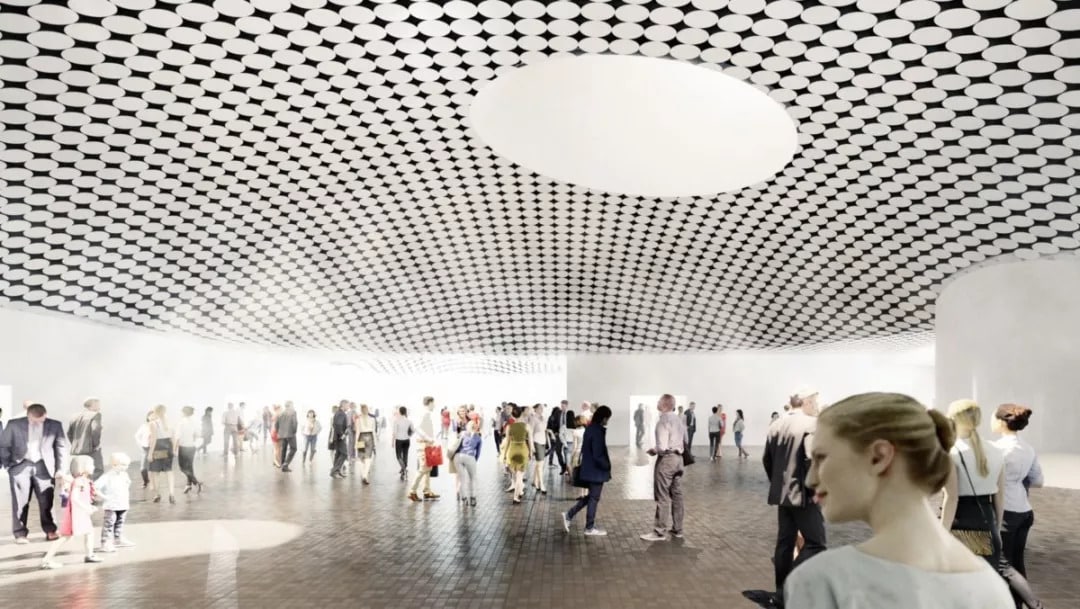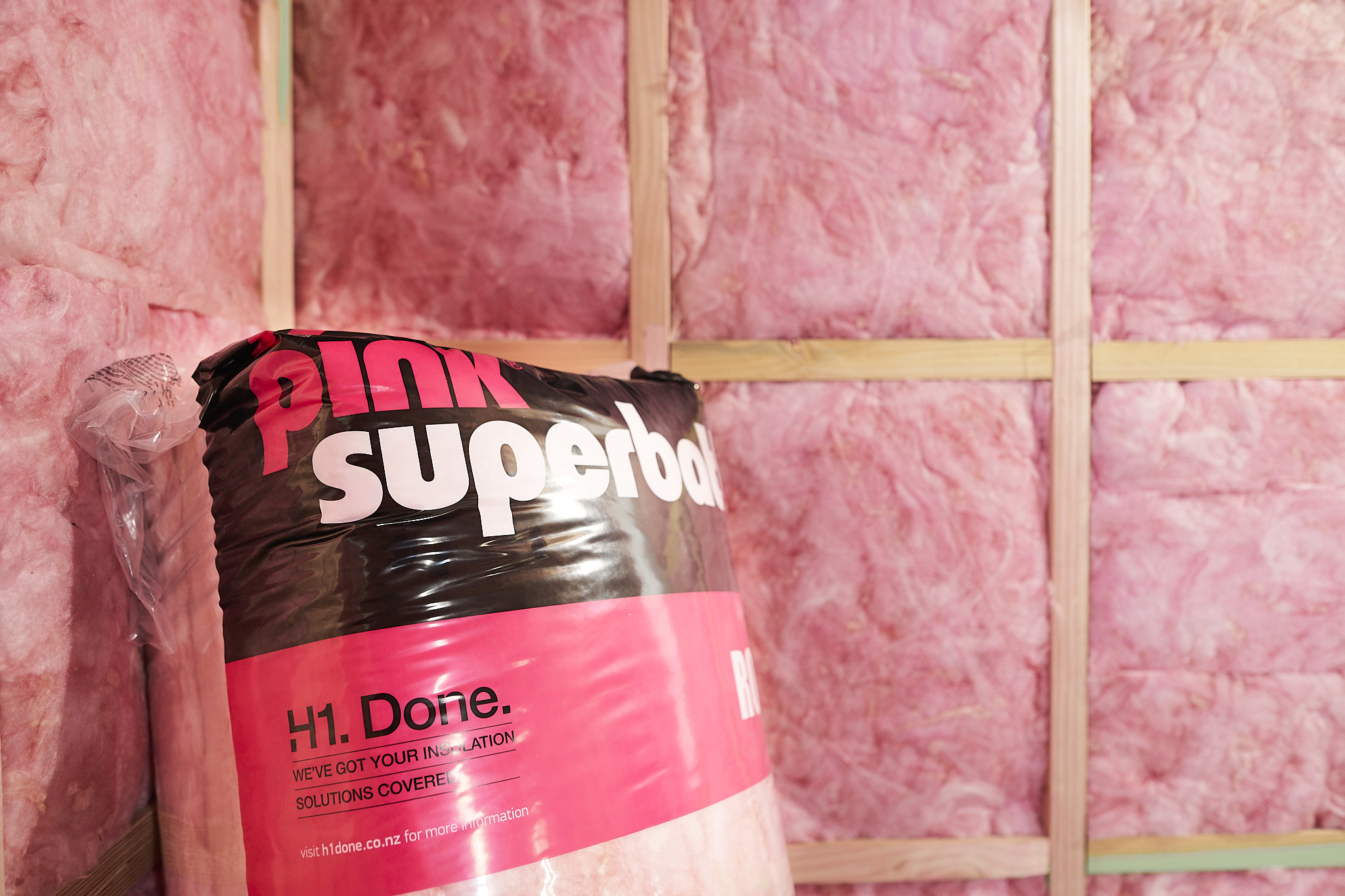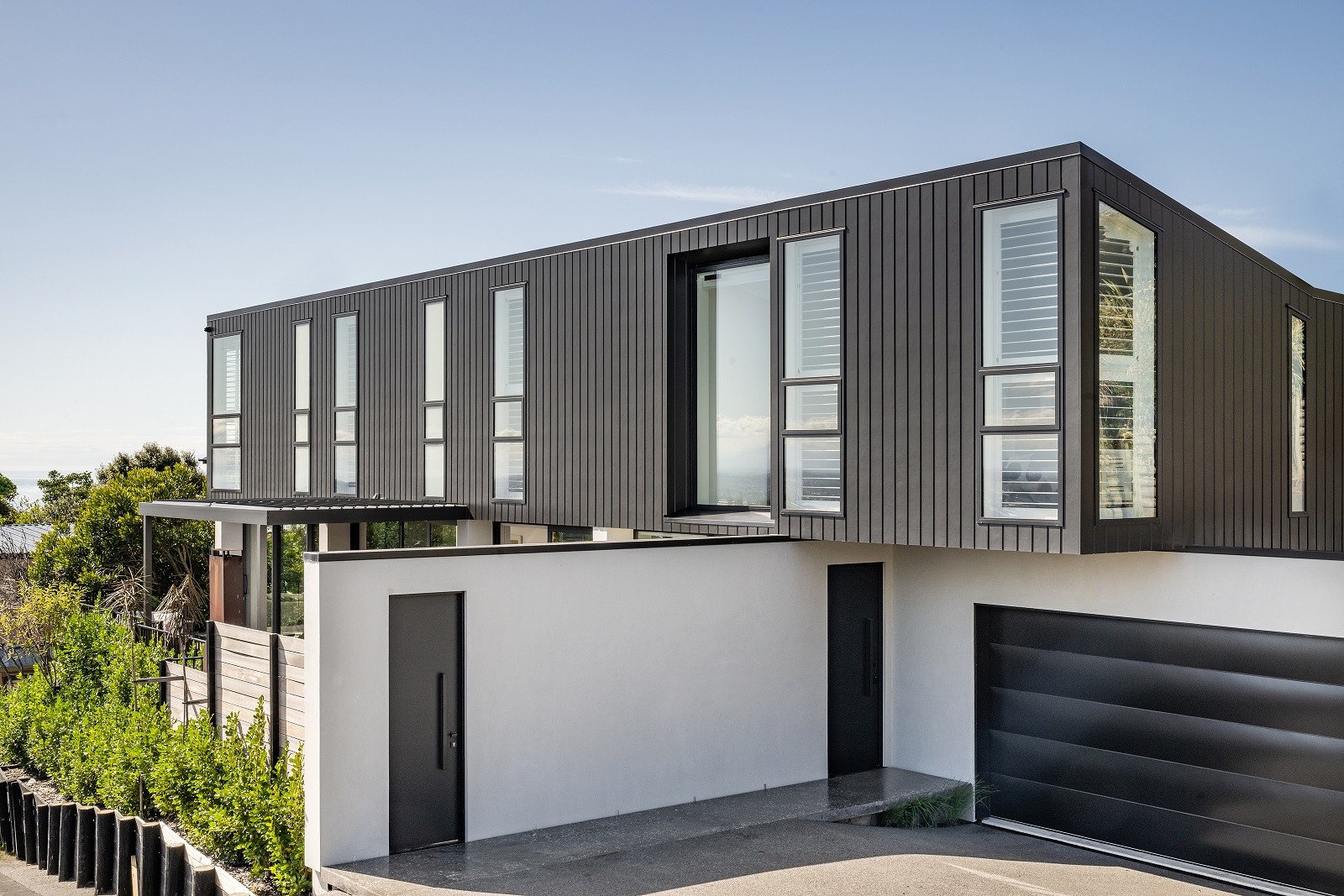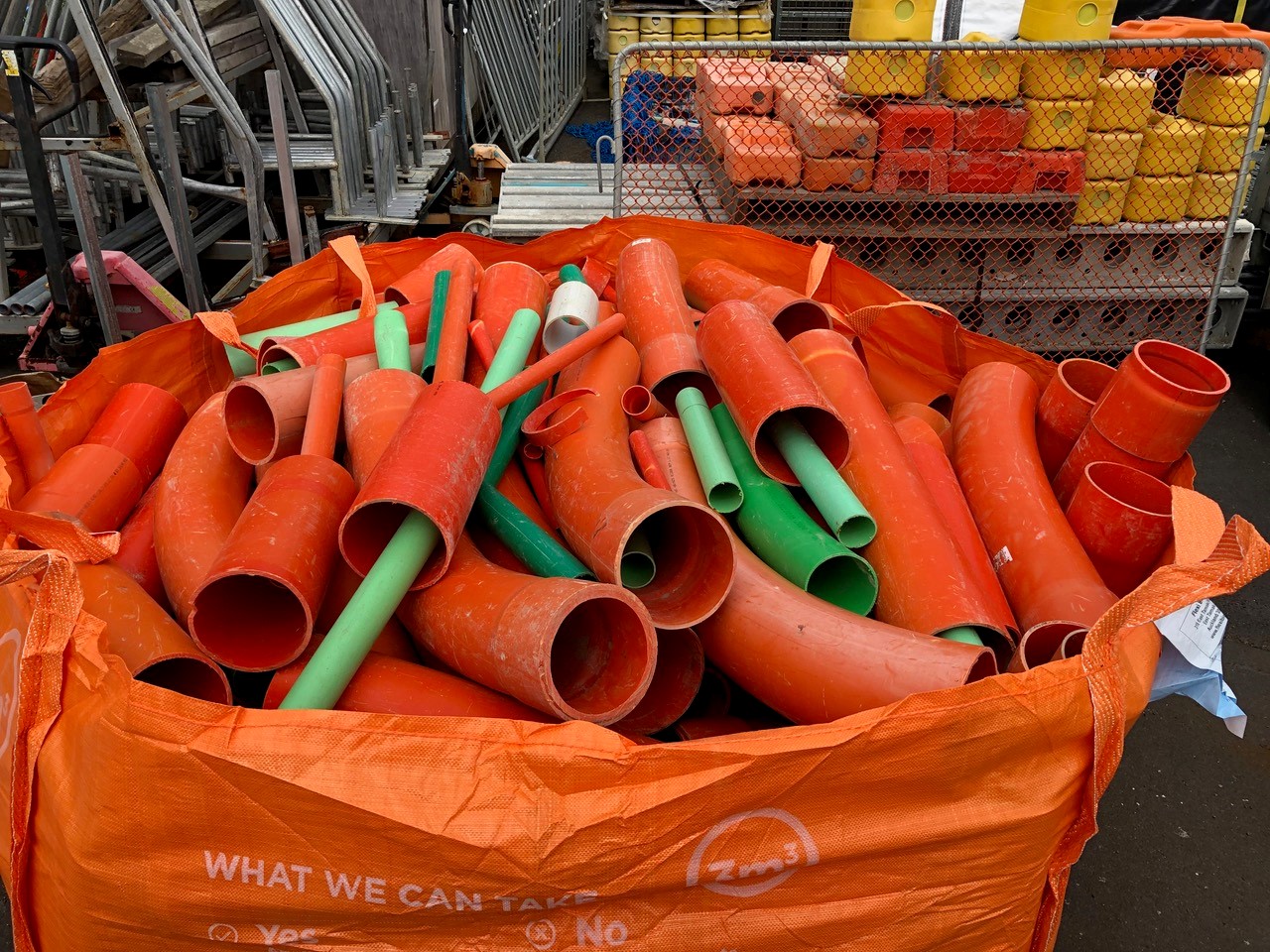Helsinki’s art and design community has spent most of the current decade divided over plans for building a blockbuster cultural attraction. Two radically different models were provided, one promising an American-style strut and the other a quieter indigenous assurance. Despite plenty of drama, only one of these has so far been realised. Plans for a stunning new Helsinki museum of art and design were announced in 2011. Proponents hoped that a Guggenheim Foundation satellite institution could do for Helsinki what it appeared the dramatic Bilbao vision in titanium, limestone and glass had done for the Spanish Basque country in 1997. The project was dogged by heated controversy from the start. Would importing a megabrand give the city cultural heft? Did Helsinki need the Guggenheim as its capstone? Was this merely an example of American cultural colonialism? Apart from the cultural issues, there were arguments over the cost of construction and the payment of a substantial annual licence fee to Guggenheim. Initial plans were scrapped in 2013 and a new strategy was launched. Guggenheim announced an international design competition for the new museum. The associated prestige helped generate huge press and secured more than 1,700 entries, making it the largest architectural competition in history. At the same time Helsinki’s Amos Anderson Art Museum, first established by a private philanthropist in 1965, announced plans for its own significant expansion. Its approach would offer a radically different, indigenous alternative, drawing on local architectural practice and refurbishing existing facilities. The Guggenheim competition short listed six finalists and chose Paris-based Moreau Kusunoski Architectes as the winner. The combination of American foundation and a French designer proved too much for the locals. Helsinki’s city council rejected the Guggenheim franchise for a second and final time in late 2016, saying it preferred to develop a unique local museum over a New York import. What is known as the Amos Rex museum opened in the northern autumn of 2018. It eschewed big budget dramatics, choosing instead to refurbish a 1930s functionalist heritage building known as Lasipalatsi (Glass Palace). Drawing on the skills of JKMM Architects of Helsinki, Lasipalatsi has been teamed with a prominent Helsinki square featuring a playful set of domes. The domes let light into an impressive underground art gallery but they also seem to double as a playground, and often feature happy children scrabbling over them. Significantly, the project has been delivered without cost to either the Finnish state or the city of Helsinki. It seems Amos Rex has delivered and its not just the people of Helsinki who are well pleased. The BBC recently declared the new complex one of Europe’s best new architectural spaces for 2018. Read more here

Join over 15,000 construction professionals who receive Industry Insider each month.
Keep up-to-date with the latest product developments and what’s happening across the industry, both here and overseas.
Subscribe



